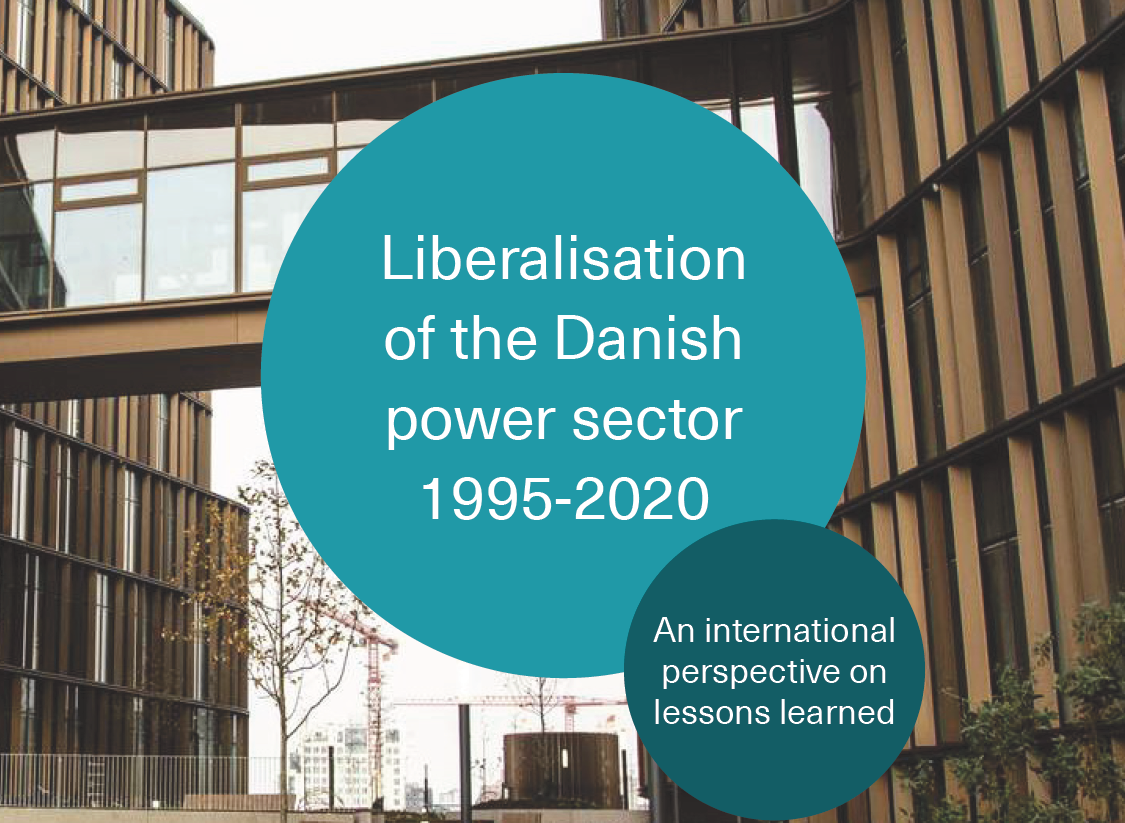Sharing Denmark’s experiences on liberalising the power sector

A 50 percent share of wind and solar energy was a reality in Denmark - in 2019. The liberalisation of the Danish power sector is the foundation of the transformation. Yesterday, the Danish Energy Agency presented lessons learned and recommendations for other countries standing on the verge of the same path, in order to secure a competitive power system with a high share of renewable energy.
Yesterday, the Danish Energy Agency hosted the webinar ’Liberalisation of the Danish power sector’. Here the Danish Energy Agency presented the Danish journey towards a liberalised power system, as an important prerequisite to integrate large shares of renewable energy. The journey started back in 1995, where the EU opted to include electricity trade in the internal market. The new report explains the benefits of the Danish and European power markets and describes some of the challenges that the power sector faced in order to get where it is today.
The liberalisation of the power sector has been a key ingredient in the Danish green power transition, allowing ever-larger shares of renewable energy to compete against traditional fossil fuels hour by hour in the spot market.
Unbundling the power sector
The report outlines recommendations to countries and states facing a significant transition and unbundling of their power sectors.
A key component of the successful Danish liberalisation has been to divide the transmission and production activities in separate entities. Denmark established the independent transmissions system operator (TSO), Energinet, in 2005 responsible for the transmission of electricity and gas. This gave producers and developers equal access to the power grid and opened up for new actors to step into the market.
The spot market settling the power prices hour by hour has also been an effective way to ensure a cost-efficient use of production capacity.
While the Danish experience can be of help for other countries and the regulation of their power sectors, it will rely on country-specific adoption. Unfortunately, there is not one solution proficient to transform any power sector. However, the Danish experiences set an example of the potential benefits and proves how the liberalisation as a whole successfully has facilitated the Danish green transition.
Download the full report [here].